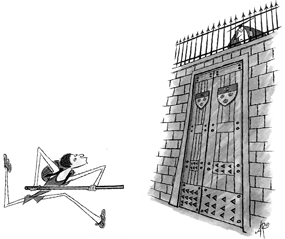



Over the Most Recent Two-Year Period, 27 of the Nation’s 30 Highest-Ranked Universities Have Shown a Decline in Their Percentages of Low-Income Students
Last week JBHE issued its report on the record of the nation’s 10 wealthiest universities in enrolling low-income students. Over the past two years, nine of the 10 showed a decline in their percentages of low-income students. If we expand this group to include the 30 highest academically ranked universities, we find similar results.

JBHE’s data on federal Pell Grants for low-income students, obtained from the Department of Education, shows that over the past 23 years only 10 of the nation’s 30 highest-ranked universities have shown progress in increasing the percentage of low-income students enrolled in undergraduate programs. The University of California at Berkeley and the University of California at Los Angeles have posted the largest gains.
Of the entire group of 30 high-ranking universities in the nation, 20 showed a long-term decline in enrollments of low-income students. Percentages of decline vary. Columbia, Carnegie Mellon, and the University of Michigan showed the sharpest declines.
If we look at only the most recent two-year period, the results are even more disappointing. In the 2004 to 2006 period, among the 30 highest-ranked universities, only Dartmouth and Harvard posted gains in their percentages of Pell Grant recipients. The percentage of low-income students at Vanderbilt remained unchanged.
The most important point is that over the two-year period from 2004 to 2006, 27 of the 30 high-ranking universities showed declines in their percentages of low-income students.
![]()
Copyright © 2007. The Journal of Blacks in Higher Education. All rights reserved.